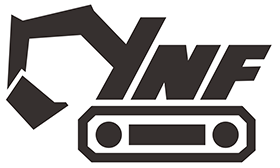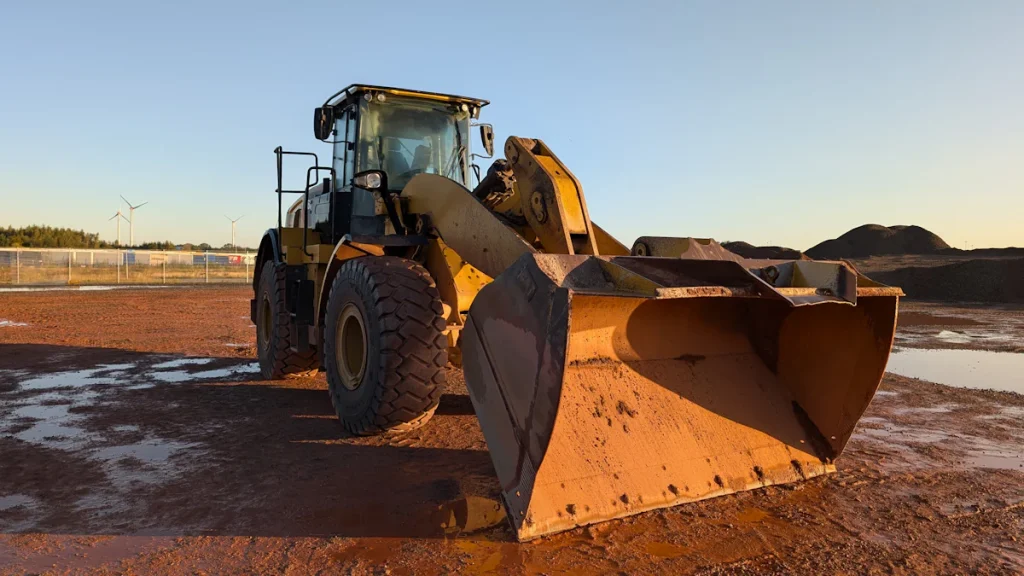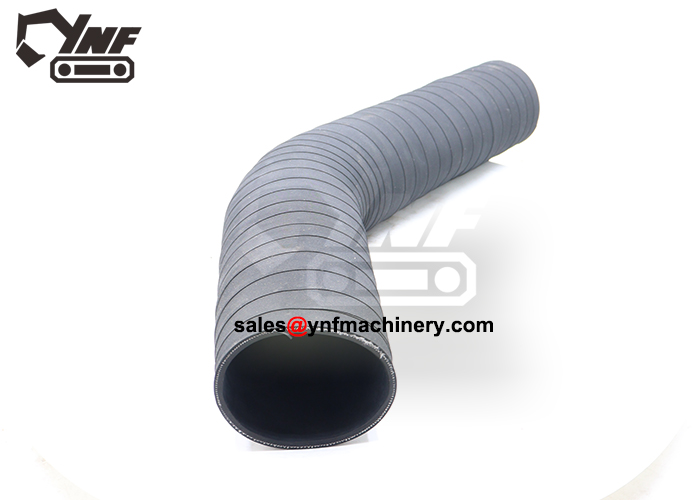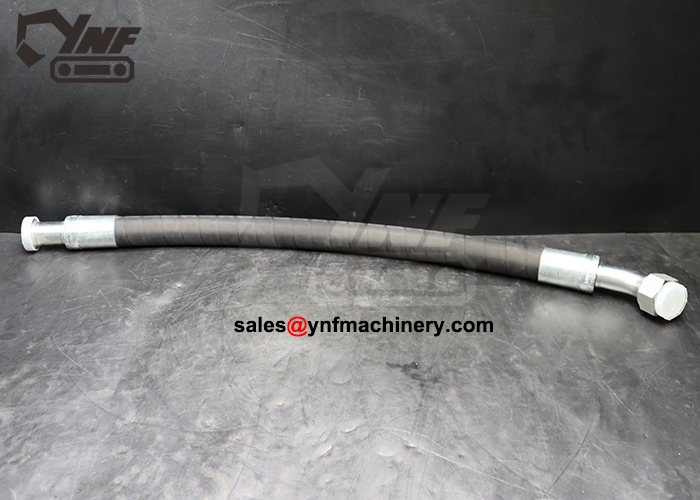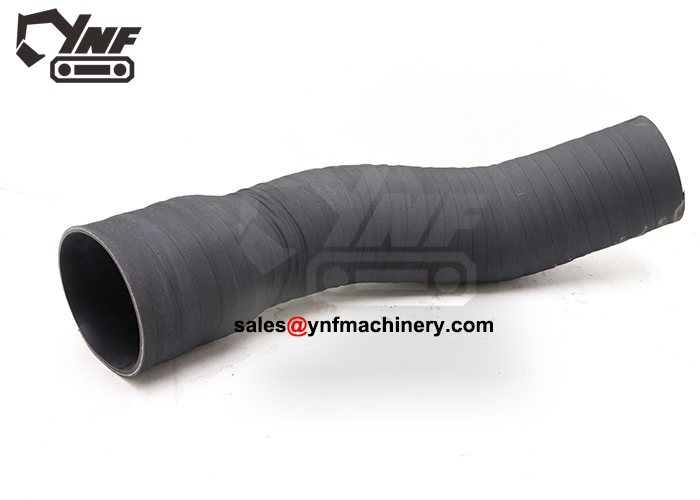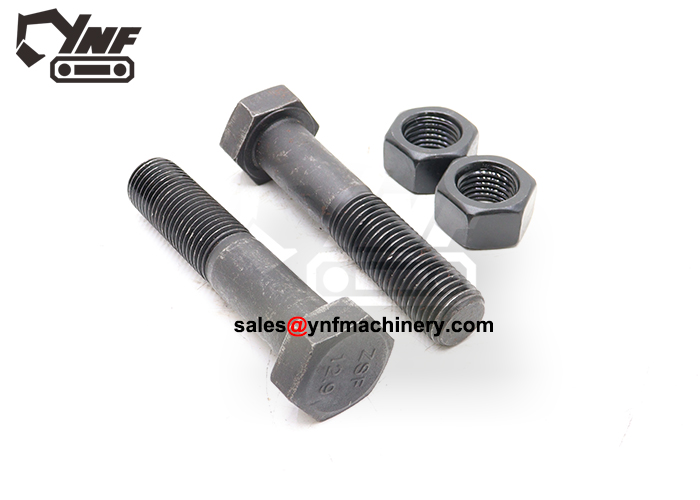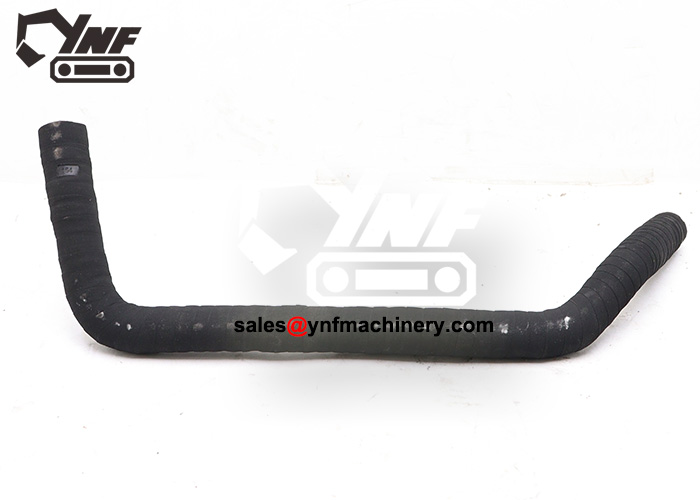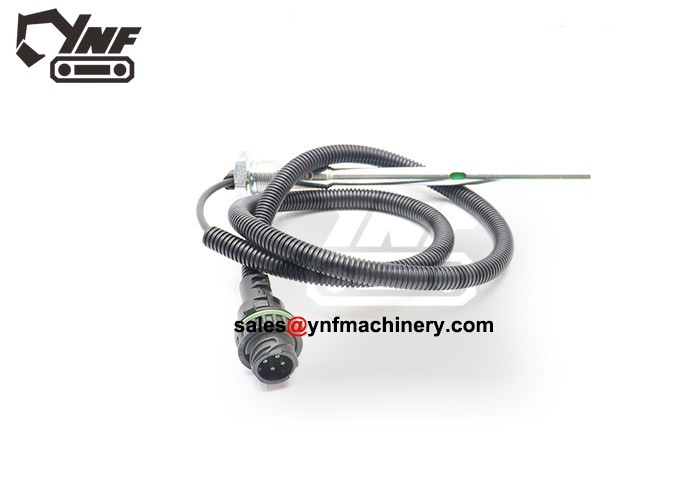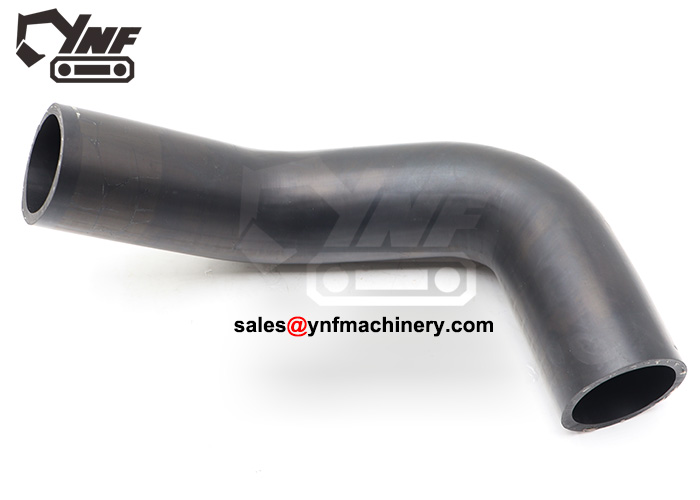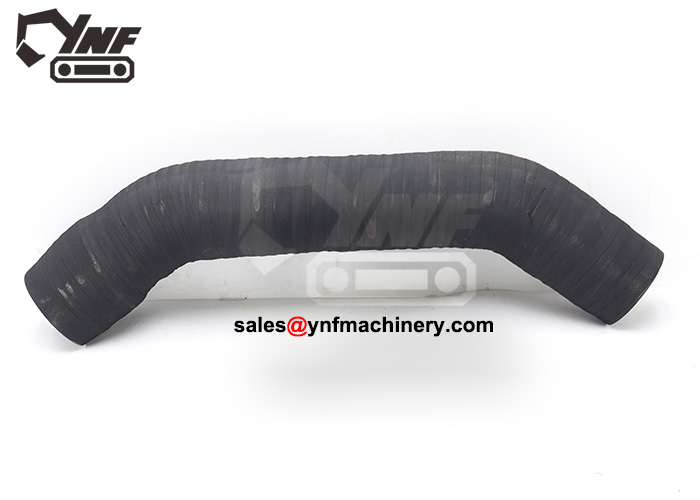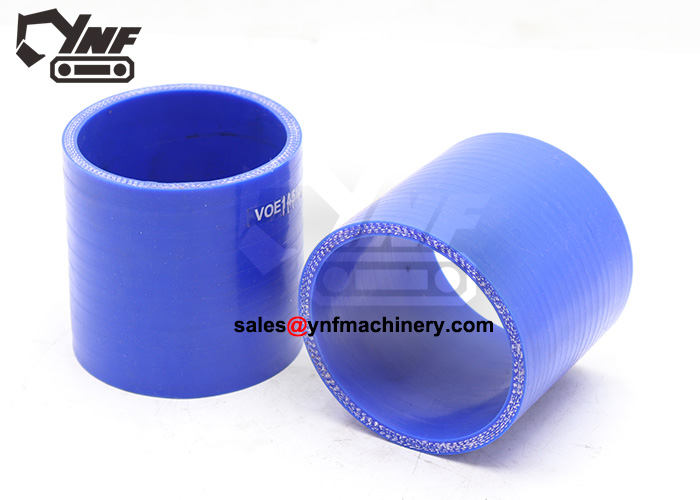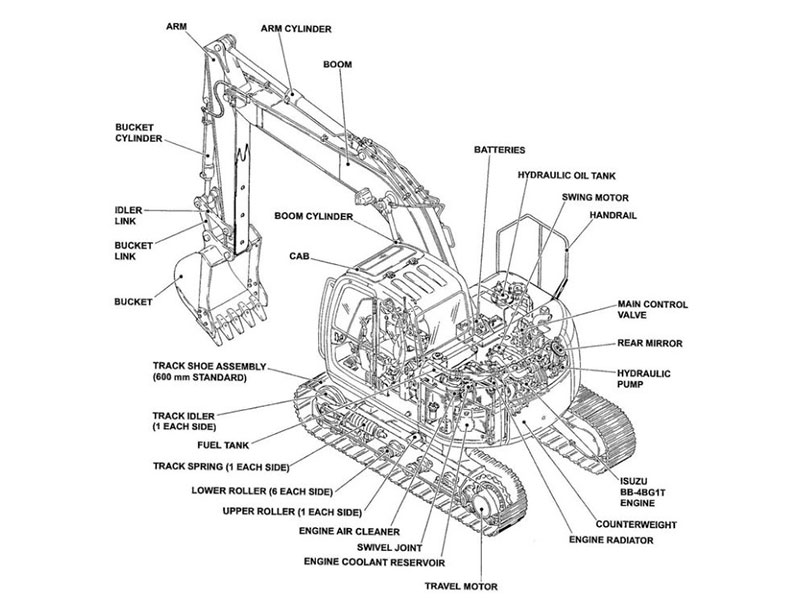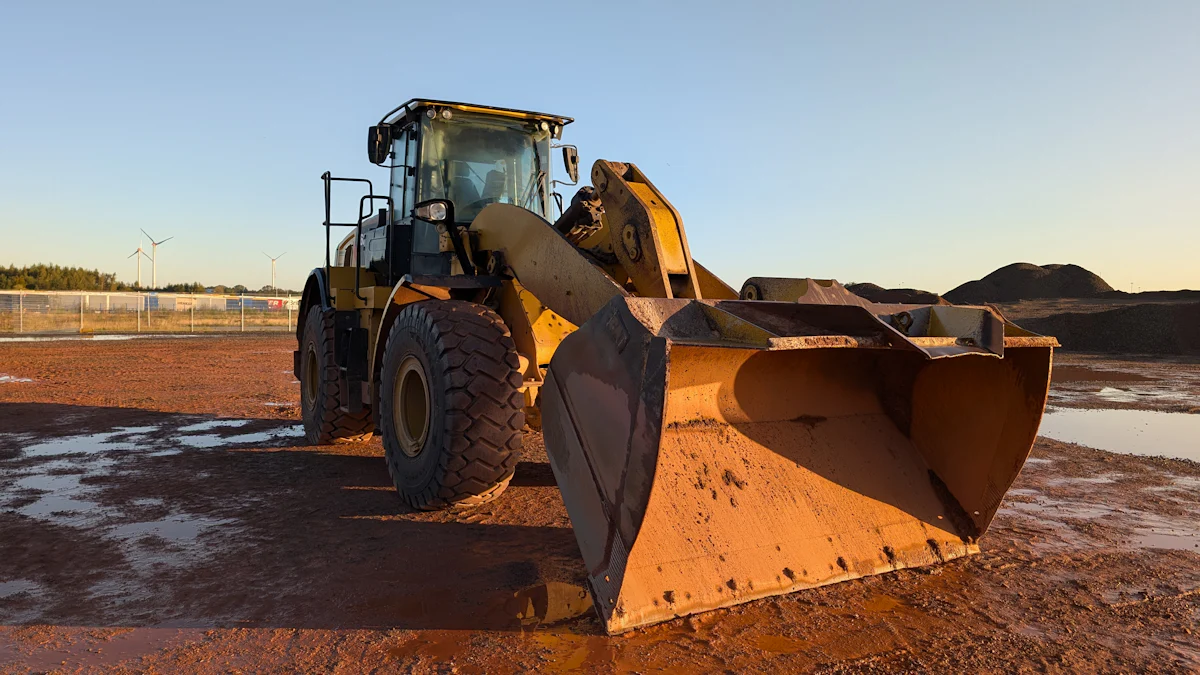
Regular maintenance keeps your John Deere 590D excavator running smoothly and prevents costly breakdowns. A well-maintained machine operates efficiently, extends its lifespan, and retains its resale value. Tasks like checking fluid levels and cleaning filters reduce wear and ensure reliability. Using quality aftermarket John Deere 590D excavator parts, such as those from YNF Machinery, offers significant savings compared to OEM parts while maintaining performance. These parts help you manage costs effectively, especially if you own multiple machines. Proper care of components like the undercarriage and tracks also minimizes mechanical issues, ensuring your excavator stays dependable for years.
Key Takeaways
Taking care of your John Deere 590D excavator is important. Check fluid levels and look for damage every day. This helps avoid expensive repairs and keeps it working well.
Using good aftermarket parts can save money and work well. Make sure the parts fit your excavator before buying them.
Greasing moving parts lowers friction and makes them last longer. Use the right grease and follow the manual for how often to apply it.
Keep your excavator in a dry place with a roof to stop rust. Clean it well before storing to prevent rust and problems.
Look at parts often and change worn ones, especially before seasons change. This stops breakdowns and keeps your excavator working smoothly.
Routine Maintenance Checklist for John Deere 590D Excavator
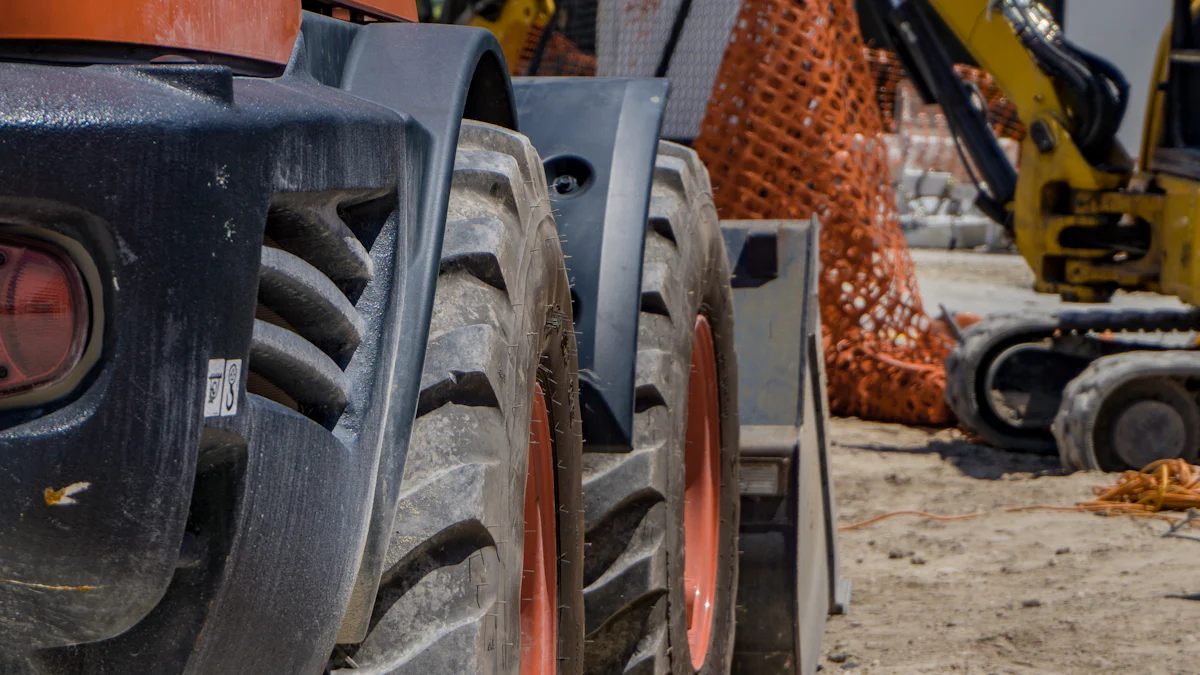
Daily Maintenance Tips
Inspect fluid levels (engine oil, hydraulic fluid, coolant).
Start your day by checking the fluids in your excavator. Verify the levels of engine oil, hydraulic fluid, and coolant to ensure they meet the recommended standards. Low fluid levels can lead to overheating or mechanical failure. Always check the fluids before operating the machine to avoid unnecessary wear.
Check for visible leaks or damage.
Walk around the excavator and inspect for leaks or damage. Pay close attention to hydraulic hoses, seals, and fittings. Leaks can indicate worn components that need immediate attention. Identifying issues early prevents costly repairs later.
Clean air filters and vents to prevent debris buildup.
Dust and debris can clog air filters and vents, reducing engine efficiency. Clean these components daily to maintain optimal airflow. A clean air filter ensures the engine runs smoothly and reduces fuel consumption.
Tip: Test all lights, signals, and alarms during your daily checks. Functional safety devices protect both you and the machine.
Weekly Maintenance Tips
Lubricate all grease points for smooth operation.
Apply grease to all pivot points and moving parts. Proper lubrication minimizes friction and extends the life of components. Refer to the operator’s manual for the recommended grease type and application frequency.
Inspect the undercarriage for wear and debris.
Examine the undercarriage for signs of wear or damage. Remove any debris lodged in the tracks or rollers. A clean undercarriage reduces strain on the machine and improves performance.
Tighten loose bolts and fasteners.
Loose bolts can compromise the stability of your excavator. Check and tighten all fasteners weekly. This simple step prevents parts from loosening during operation.
Note: Misuse of attachments can cause excessive wear. Always use tools for their intended purpose to avoid unnecessary damage.
Periodic Maintenance Tips
Replace engine oil and filters as per the manual.
Change the oils and filters at the intervals specified in your manual. Regular maintenance like this keeps the engine running efficiently and prevents sludge buildup. Neglecting oil changes can lead to engine failure.
Inspect and replace hydraulic filters.
Hydraulic filters play a crucial role in maintaining system efficiency. Replace them periodically to prevent contaminants from damaging the hydraulic system. Clean filters ensure smooth operation and reduce downtime.
Check battery health and connections.
Inspect the battery for corrosion or loose connections. A well-maintained battery ensures reliable starts and prevents electrical issues. Clean the terminals and tighten connections as needed.
Tip: Environmental factors like extreme temperatures can affect your maintenance schedule. Adjust your routine to account for these conditions.
Specific Maintenance for Key Components of the Excavator
Hydraulic System Maintenance
Monitor hydraulic fluid levels and quality.
You should check hydraulic fluid levels daily to ensure the system operates efficiently. Low or contaminated fluid can damage components and reduce performance. Use clean, high-quality hydraulic oil and follow the manufacturer’s recommendations for replacement intervals. Regular fluid checks prevent costly repairs and downtime.
Inspect hoses and fittings for leaks or wear.
Inspect hydraulic hoses and fittings for visible cracks, bulges, or leaks. Look for signs of stiffness or brittleness, which indicate aging. Loose or corroded fittings can also lead to fluid loss and reduced efficiency. Address these issues promptly to maintain the hydraulic system’s reliability.
Replace hydraulic filters regularly to ensure efficiency.
Hydraulic filters trap contaminants that can harm the system. Replace them as recommended in your maintenance guidelines. Clean filters improve system efficiency and extend the lifespan of critical components. Neglecting this step can lead to clogged filters and reduced power.
Tip: Warm up the hydraulic system in cold weather to protect it from pressure shocks and ensure smooth operation.
Undercarriage Maintenance
Clean tracks and remove debris after use.
After each job, clean the undercarriage to remove mud, rocks, and debris. Accumulated dirt can cause premature wear and strain on components. Use specialized tools to clean hard-to-reach areas and inspect for hidden damage.
Inspect track tension and adjust as needed.
Proper track tension minimizes wear and ensures smooth operation. Loose tracks can damage bushings and sprockets, while overly tight tracks waste horsepower and stress the undercarriage. Check and adjust tension regularly to avoid performance issues.
Check rollers, idlers, and sprockets for wear.
Examine rollers, idlers, and sprockets for uneven wear or damage. Replace worn parts promptly to prevent further damage to the undercarriage. Regular inspections keep your excavator running efficiently and reduce repair costs.
Note: Lubrication of moving parts in the undercarriage reduces friction and extends their lifespan.
Attachments Maintenance
Inspect attachment pins and bushings for wear.
Check pins and bushings for signs of wear or damage. Inadequate lubrication accelerates wear, so ensure proper lubrication to maintain their condition. Jobsite conditions, such as working on gravel or asphalt, can also affect wear rates.
Ensure proper lubrication of moving parts.
Apply grease to all moving parts of your excavator attachments. Proper lubrication prevents friction and extends the life of components. Follow the maintenance guidelines in your owner’s manual for the correct grease type and application frequency.
Check for cracks or damage on buckets and other tools.
Inspect excavator buckets for cracks, worn bucket teeth, or other damage. Replace worn-out parts to prevent further damage to the bucket structure. Use buckets made from high-strength steel with wear plates for added durability in harsh conditions.
Tip: Wash and clean excavator attachments after daily use to remove dirt and debris. This practice prevents corrosion and ensures optimal performance.
Tips for Using Aftermarket John Deere 590D Excavator Parts
Ensuring Compatibility
Verify part specifications match the John Deere 590D model.
Before purchasing aftermarket parts, confirm that the specifications align with your John Deere 590D excavator. Check dimensions, material quality, and compatibility with your machine’s systems. This step ensures the parts fit correctly and function as intended.
Consult the excavator’s manual for guidance.
Your excavator’s manual provides essential details about compatible parts. Use it as a reference to avoid errors when selecting replacements. If you’re unsure, consult a professional or reach out to a trusted supplier for advice.
Proper Installation of Aftermarket Parts
Follow manufacturer instructions for installation.
Always adhere to the installation guidelines provided by the manufacturer. These instructions ensure the parts are installed correctly, reducing the risk of damage or malfunction. Improper installation can void warranties and lead to costly repairs.
Seek professional assistance if unsure.
If you lack experience with part installation, consider hiring a professional. Skilled technicians can install parts efficiently, ensuring optimal performance. This approach minimizes downtime and prevents potential issues caused by incorrect installation.
Sourcing Quality Parts from YNF Machinery
Purchase from reputable suppliers like YNF Machinery.
Reputable suppliers like YNF Machinery offer reliable aftermarket parts for your John Deere 590D excavator. Choosing a trusted source ensures you receive high-quality components that meet industry standards.
Aftermarket parts are often more affordable than OEM parts, helping you save money.
A wide selection of parts is available, ensuring compatibility with various equipment models.
Look for warranties or guarantees on aftermarket parts.
When buying parts, prioritize those with warranties or guarantees. These assurances reflect the supplier’s confidence in their product quality. YNF Machinery provides warranties on its parts, giving you peace of mind.
Explore YNF Machinery’s range of Excavator Engine Parts, excavator couplings, and Hydraulic Cylinder Seal Kits.
YNF Machinery offers a diverse range of products tailored to meet your needs. Their Excavator Engine Parts enhance engine performance and durability. Excavator couplings ensure efficient power transmission, while Hydraulic Cylinder Seal Kits prevent leaks and maintain smooth operation.
Brand | Key Features | Support and Reliability |
|---|---|---|
Komatsu | Comprehensive product range, built for harsh environments | Easy access to parts |
Hitachi | Precision engineering, advanced technology for performance | Global support network |
Volvo Construction | Environmentally friendly parts, commitment to sustainability | Robust aftermarket support |
YNF Machinery | Quality and durability, lower production costs without compromising quality | Efficient online parts catalog |
YNF Machinery stands out for its commitment to quality and affordability. Their parts undergo rigorous testing to ensure reliability, making them a trusted choice for maintaining your excavator.
Storage and Seasonal Maintenance for Your Excavator
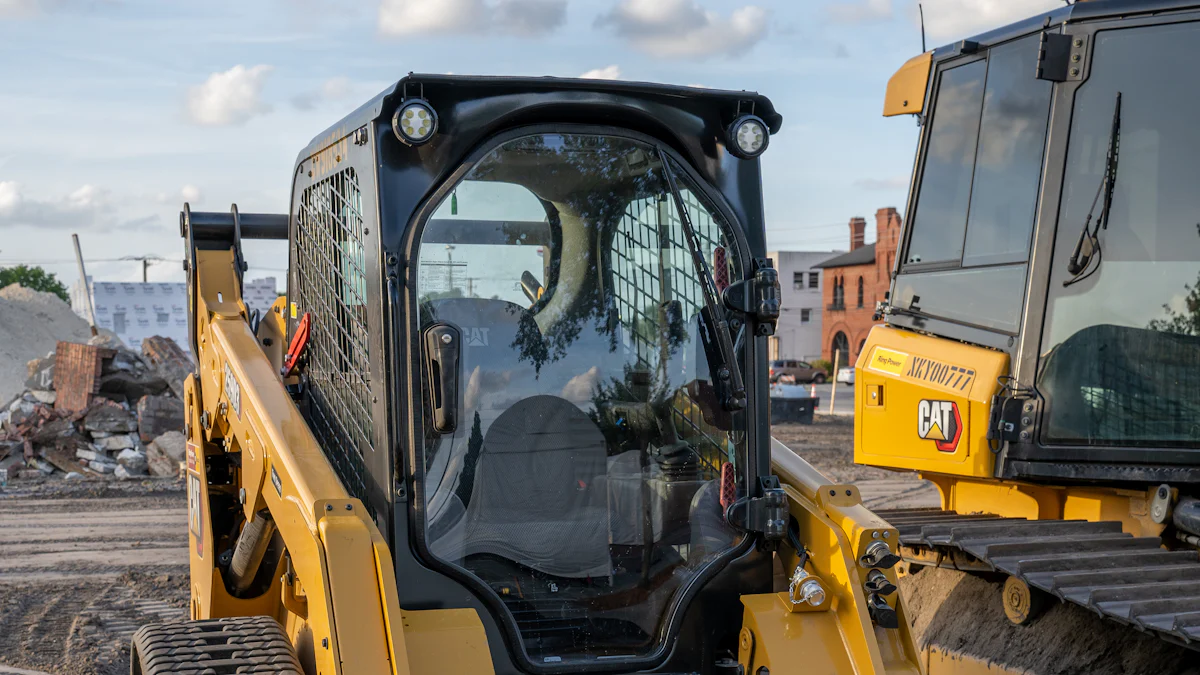
Proper Storage Techniques
Clean the excavator thoroughly before storage.
Before storing your excavator, clean the equipment to remove dirt, grease, and debris. This step prevents corrosion and ensures no contaminants damage the machine during storage. Pay special attention to hard-to-reach areas like the undercarriage and attachments. A clean machine is less likely to develop rust or mechanical issues.
Store in a dry, covered area to prevent rust.
Store the equipment properly by choosing a dry, covered location. Exposure to rain, snow, or direct sunlight can cause rust and degrade components. Use a shed or tarp to shield the excavator from the elements. If possible, elevate the machine slightly to avoid moisture buildup underneath.
Disconnect the battery if storing for an extended period.
For long-term storage, disconnect the battery to prevent it from draining. Store the battery in a cool, dry place to maintain its charge. Regularly check the battery’s condition and clean the terminals to avoid corrosion. This practice ensures the excavator starts reliably when you need it again.
Tip: Block any openings to keep rodents out and prevent damage to wiring or hoses.
Preparing for Seasonal Changes
Use appropriate fluids for extreme temperatures.
Switch to fluids designed for the season. In winter, use low-viscosity hydraulic oil to prevent thickening. Add a fuel conditioner to diesel tanks to stop fuel from freezing. For summer, ensure the cooling system operates efficiently and check for leaks that could worsen in hot weather.
Inspect and replace worn parts before winter or summer.
Seasonal changes can stress components. Inspect hoses, seals, and filters for wear. Replace any damaged parts to avoid breakdowns. Pay attention to air filters, as they can clog with dust in summer or moisture in winter. Keeping spare filters on hand reduces downtime.
Protect hydraulic systems from freezing in cold weather.
Cold weather can damage hydraulic systems. Warm up the machine before use to prevent pressure shocks. Depressurize the system before storage by running all hydraulic functions. Inspect hoses for cracks and ensure seals are intact to block moisture entry. These steps protect the system from freezing and extend its lifespan.
Note: Regularly check coolant levels and ensure they meet ASTM standards to prevent freezing or overheating.
Routine maintenance plays a vital role in keeping your John Deere 590D excavator reliable and efficient. Daily tasks like oil checks and hydraulic system inspections prevent major issues, while regular replacement of parts like drive belts reduces downtime. A preventive maintenance plan not only saves on repair costs but also boosts resale value by up to 15%.
Proper care of key components, such as the hydraulic system and undercarriage, ensures smooth operation and extends the machine’s lifespan. Factors like operator training and environmental conditions also influence longevity. By following these practices and using high-quality aftermarket parts from YNF Machinery, you can maximize performance and minimize failures. Explore their range of products to keep your excavator in top condition.
FAQ
What is the best way to maintain your excavator’s hydraulic system?
Check hydraulic fluid levels daily and replace filters regularly. Inspect hoses and fittings for leaks or wear. Use high-quality hydraulic oil to ensure smooth operation. Warm up the system in cold weather to prevent pressure shocks.
How often should you replace the oil in your excavator?
Follow the intervals specified in your operator’s manual. Typically, you should replace engine oil every 250 hours of operation. Regular oil changes prevent sludge buildup and keep the engine running efficiently.
Can you use aftermarket parts for your excavator?
Yes, aftermarket parts can save money while maintaining performance. Ensure compatibility with your model and source parts from reputable suppliers like YNF Machinery. Proper installation ensures reliability and longevity.
How do you prevent wear on your excavator’s attachments?
Inspect attachment pins and bushings regularly. Lubricate all moving parts to reduce friction. Clean attachments after use to remove debris. Avoid using attachments like breakers for tasks they aren’t designed for to minimize damage.
What should you do if your excavator’s undercarriage collects debris?
Clean the undercarriage after every use. Remove mud, rocks, and other debris to prevent premature wear. Inspect tracks, rollers, and sprockets for damage. Adjust track tension to ensure smooth operation and reduce strain.
